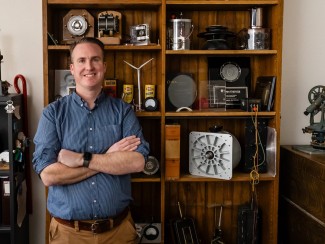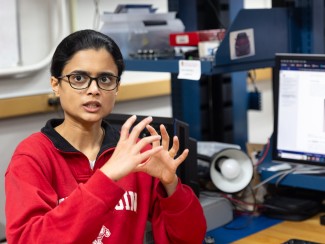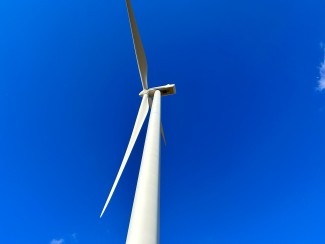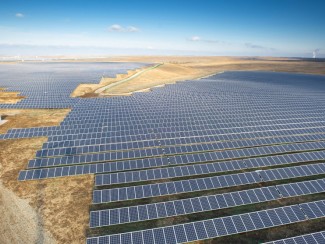
Media coverage of WEI this month focused on energy efficient electronics, current water management practices in Dane County, and the history of solar power and its corresponding future in our energy portfolio.
Challenges for Climate Candidates and Climate Voters

Real Clear Energy
Real Clear Energy recommends Gregory Nemet’s How Solar Energy Became Cheap as a way to elevate political discourse on climate change mitigation and renewable energy sources.
Featured Researchers
A microprocessor made of carbon nanotubes says, “Hello, World!”

Public Broadcasting Service
A 16-bit microprocessor made up of carbon nanotubes, programmed to greet its makers with the phrase, “Hello, world!” The breakthrough, described in a paper published Wednesday in the journal Nature, could constitute a crucial step on the path to faster, more energy-efficient electronics. Materials scientist Michael Arnold comments on the innovative circuit design.
Featured Researchers
What Drove Solar PV Price Reductions?

Energy at Haas
In an effort to better understand the tremendous reductions in solar photovoltaic prices, Catherine Wolfram reviews Professor Greg Nemet’s book, How Solar Energy Became Cheap.
Featured Researchers
Another deluge like 2018 would bring “deep trouble” to area

Wisconsin State Journal
In the wake of historic rains that threatened the submerge large swaths of the Isthmus, local governments have allocated more than $34 million for flood reduction and protection efforts. Daniel Wright, assistant professor of civil and environmental engineering, weighs in on Dane County’s water management systems.
Featured Researchers
UW professor speaks about history of solar panels

Badger Herald
University of Wisconsin–Madison professor Gregory Nemet spoke at the Wednesday Nite @ the Lab lecture series on the increased affordability of solar panel technology over time.
Featured Researchers





